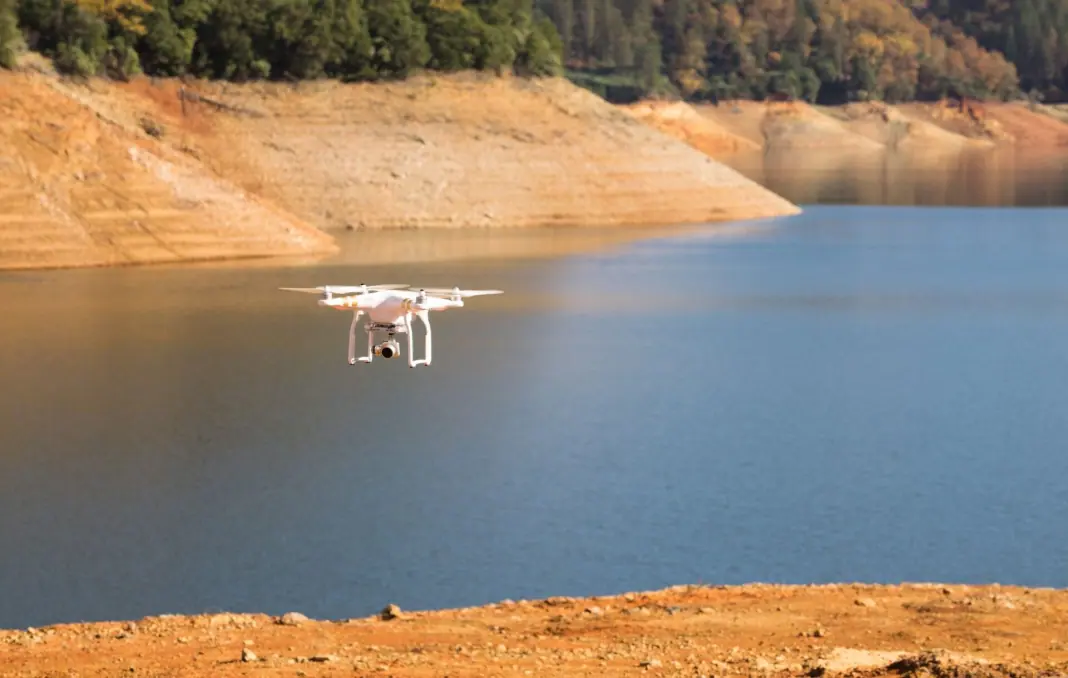Flying a drone over water can evoke mesmerizing imagery and offer unique perspectives unattainable from dry land. However, it also presents heightened risks that drone pilots must carefully navigate. This article provides detailed guidelines on how to fly a drone over water safely, maximizing your chances for a successful flight and minimizing potential hazards.
Understanding the Challenges
Increased Risk of Equipment Failure
Water environments can introduce increased risk of electronic failures due to factors like humidity, mist, and the enhanced likelihood of crashing. Understanding these risks will help pilots better prepare for over-water flights.
GPS Signal Issues
Reflective surfaces such as water can sometimes interfere with a drone’s GPS signal, leading to less accurate positioning and potential issues with autonomous flight modes.
Limited Recovery Options
In the unfortunate event of a crash, retrieving a drone from water can be exceedingly difficult and often results in more damage than a crash on land.
Pre-Flight Preparations
Weather Conditions
Before flying your drone over water, check the weather conditions thoroughly. Wind tends to be stronger and more variable near large bodies of water, and even a slight breeze can lead to hazardous flying conditions. Aim for calm, clear days to enhance stability and visibility.
Equipment Check
Ensure your drone is in optimal condition before flight. Double-check your propellers, battery levels, and camera setup. It is also wise to bring an extra set of fully charged batteries and propellers just in case.
Secure Appropriate Permissions
In certain locations, flying a drone, especially over water like lakes or coastlines, may require permissions or adhering to specific regulations. Check with local aviation authorities to secure necessary permits.
Flight Strategies
Start with a Pre-Flight Hover Test
Begin by conducting a hover test to ensure your drone responds correctly to control inputs and remains stable. This helps identify any malfunctions before venturing over water.
Maintain a Safe Altitude
To avoid accidental collision with water, keep your drone at a safe altitude. A common mistake is flying too low, which can lead to crashes caused by sudden downdrafts or unexpected waves.
Use Manual Mode in Uncertain Conditions
While many drones feature autonomous modes like “follow me” or “orbit,” these can sometimes falter over water due to GPS interference. Consider using manual mode to maintain precise control if conditions are erratic.
Risk Management During Flight
Use Visual Landmarks
Identify and use visual landmarks on land to help maintain orientation. Water surfaces generally lack distinguishing features, which can make it difficult to gauge distance or assess position.
Monitor Battery Life Closely
Battery consumption tends to be higher over water due to increased demands from maintaining stability. Keep an eye on the battery level and plan to return to shore with ample reserve power.
Avoid Obstructions
Be vigilant for birds, boats, and other potential obstacles. Being over water often means sharing space with wildlife and marine traffic, both of which can be unpredictable.
Post-Flight Safety Measures
Proper Assessment
After your flight, thoroughly inspect your drone for any signs of damage or water ingress. If any dampness or corrosion is detected, take steps to protect your equipment, such as air drying or using desiccants.
Data Backup
Ensure that all recorded footage and data is backed up promptly. Water flights often capture unique and valuable imagery, making it critical to save your recordings without risk of data loss.
Reflect for Improvement
Finally, review your flight experience, noting any challenges or issues encountered. Use these reflections to refine your skills and improve future over-water flights.
Flying a drone over water can yield stunning results but requires careful preparation, focused execution, and cautious management of risks. By understanding the unique challenges, preparing appropriately, and adopting smart flight strategies, drone pilots can turn potential risks into rewards and capture breath-taking water-based imagery safely and effectively.



